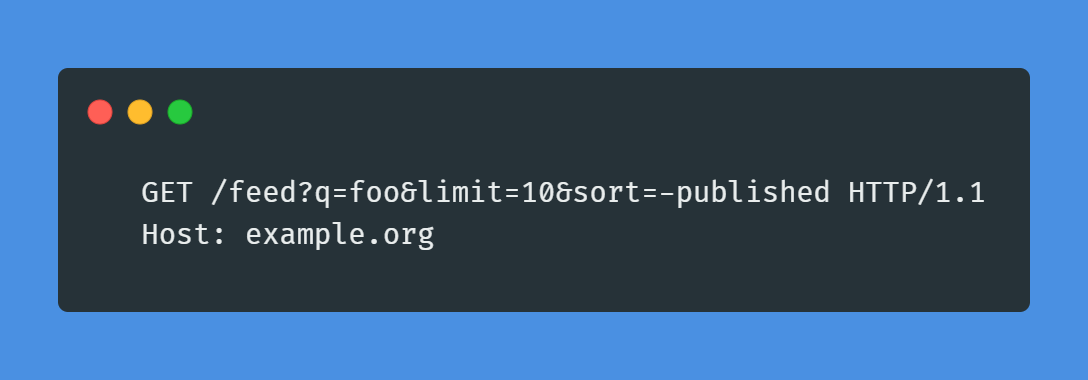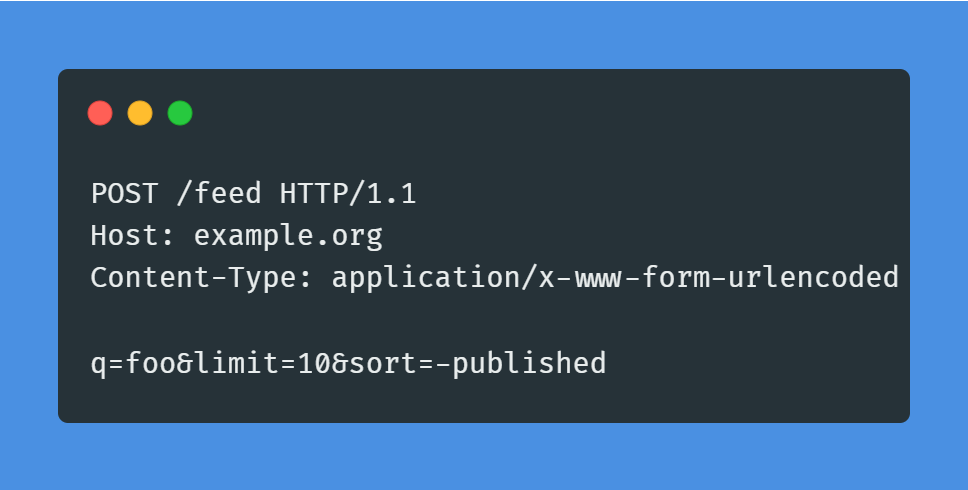What is the QUERY HTTP verb all about
Did you ever hear about the QUERY HTTP verb in your REST API? You might know the GET and POST, but when to use the newly proposed QUERY method? First; why are GET or POST not enough…
While using a GET to query for data, you pass the parameters as part of the URI. Comes with risks: you might reach a size limit and need to encode. Selecting return fields is difficult. So what about a POST instead?

Using the POST, you pass the query in the body. However, this is not an idempotent operation. QUERY to the rescue…

With a QUERY you send the parameters as part of the body, but unlike POST, it is safe and idempotent, so ready for caching and retriable. While a GET returns a representation of the resource, QUERY can return a different type. So what does it return?
When nothing is found, return 204 (No content) Optionally a 3xx (redirect) to a location with the results or the actual results as requested.

So a safe, idempotent, cachable HTTP method . Supporting accept headers and REST semantics. It add clarity and intent to an API.
The drawback? It is still a draft so support is limited. Read more https://datatracker.ietf.org/doc/draft-ietf-httpbis-safe-method-w-body/
So are you planning to use the QUERY soon?





Leave a comment